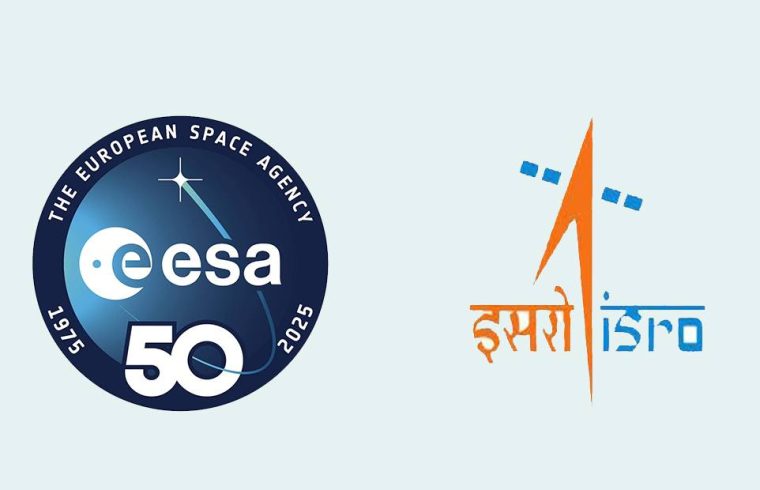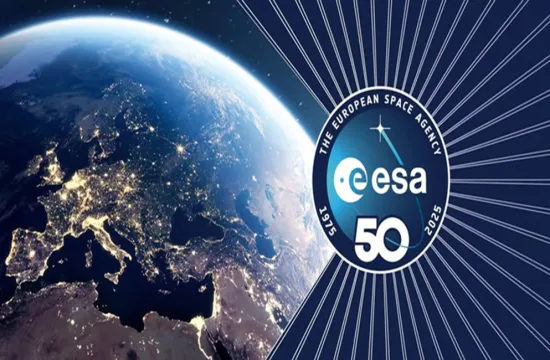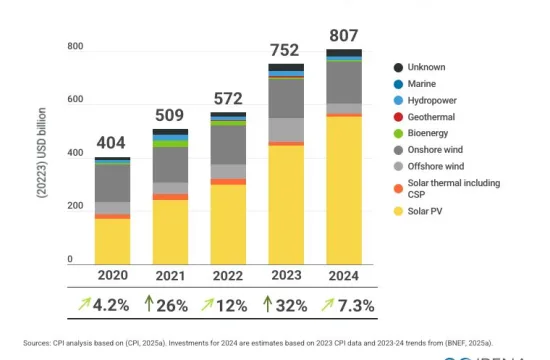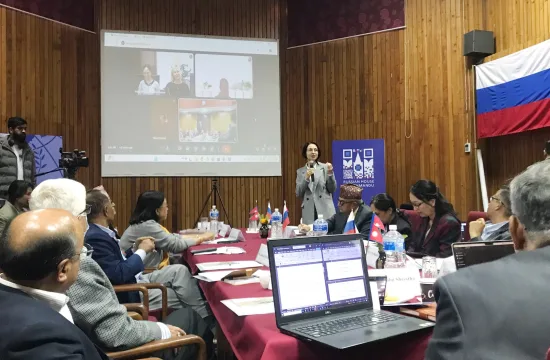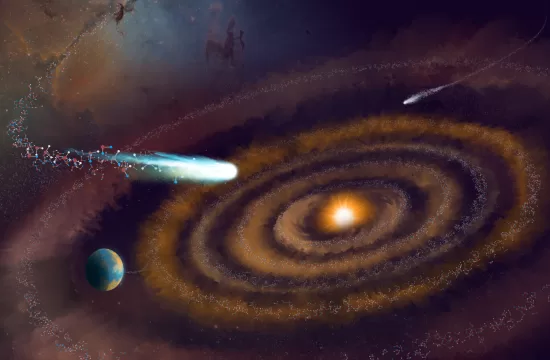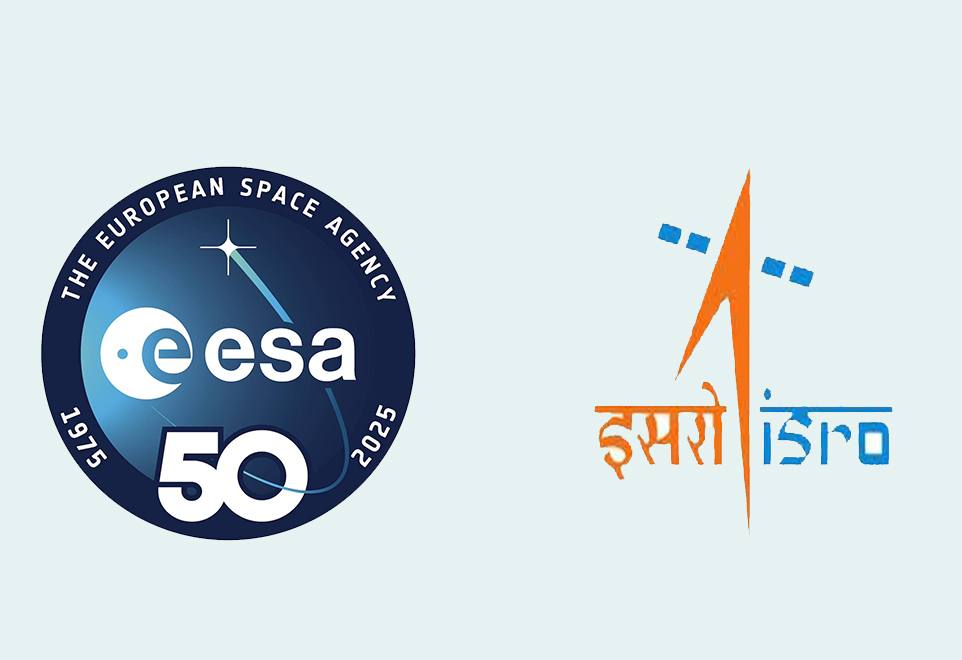
The European Space Agency (ESA) and the Indian Space Research Organisation (ISRO) have signed a joint Statement of Intent on cooperation for human space exploration, focusing on low Earth orbit and, in a secondary stage, on the Moon.
The statement builds on previous agreements, enabling the two agencies to advance sustainable and responsible exploration, and on recent experience working together on mission implementation for the Axiom 4 commercial mission.
ESA and ISRO declared their intent to work together on the interoperability of rendez-vous and docking systems to allow their respective spacecraft to work together in low Earth orbit.
They will also examine further activities related to astronaut training, analog space missions—where teams test aspects of space missions in ground-based simulations—and parabolic flight activities.
The joint statement will open the door for joint research and utilization activities for the future in low Earth orbit through the use of common standards. This could include joint research through existing projects or European space research being carried out on the Indian POEM platforms, which use the spent upper stage of a polar satellite launch vehicle as a temporary orbital platform.
The statement of intent was signed by ESA Director General Josef Aschbacher during a visit to the Global Space Exploration Conference (GLEX) in New Delhi. “The complexities and costs of space missions often surpass the capabilities of just one nation. In this context, partnerships have allowed us to achieve great milestones that would be unimaginable alone,” he said. “ESA’s collaboration with international partners such as ISRO exemplifies the power of shared expertise and resources.”
“Together with its Member States, ESA is looking ahead to implementing programs and defining new activities that preserve our commitment to international cooperation while also supporting autonomous capabilities.”
Future cooperation possibilities include ESA astronaut flight opportunities to the planned Bharatiya Antariksh Station (BAS) and early scientific utilization, as well as developing infrastructure in low Earth orbit. The two space agencies are also discussing alignment on payloads and robotic scientific missions to the Moon. Such activities would be governed by specific agreements to be established.

